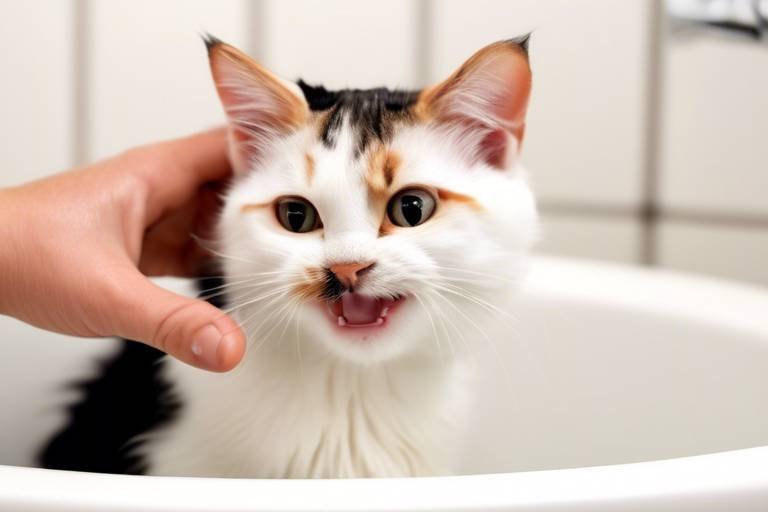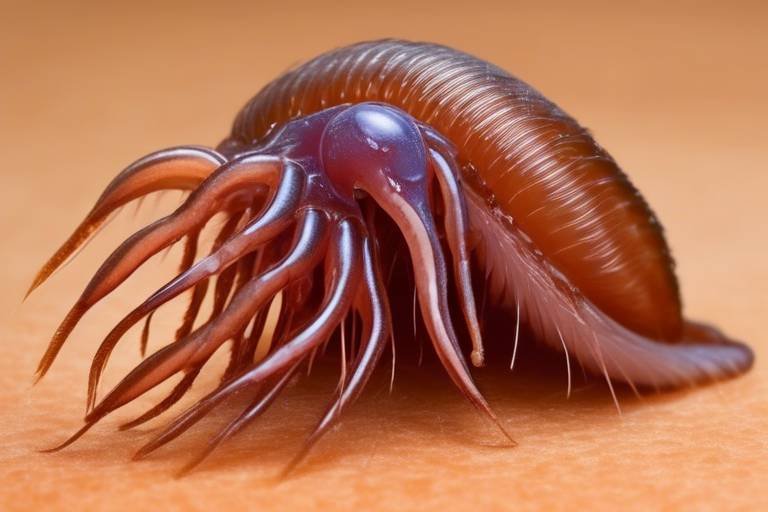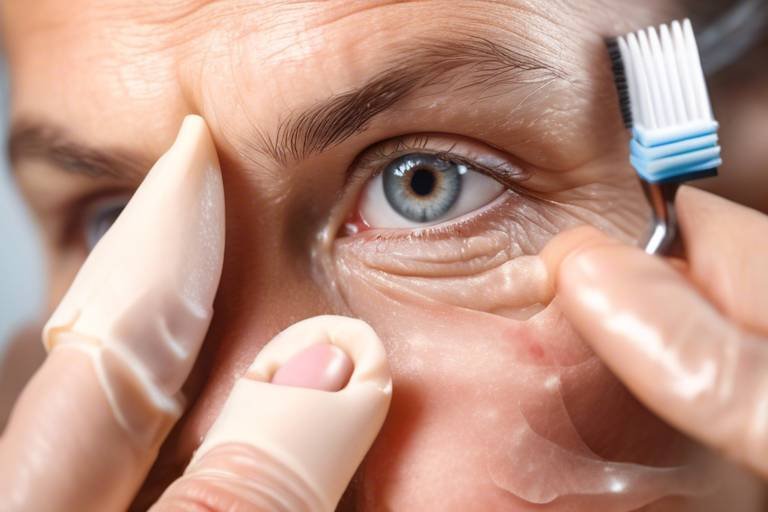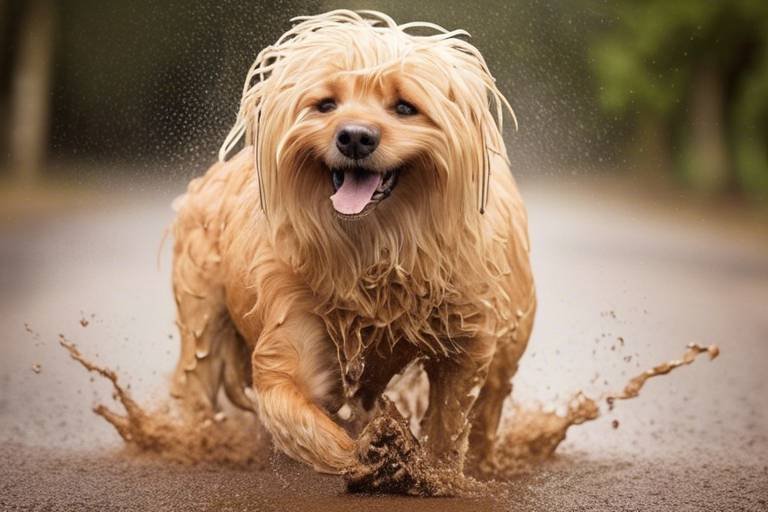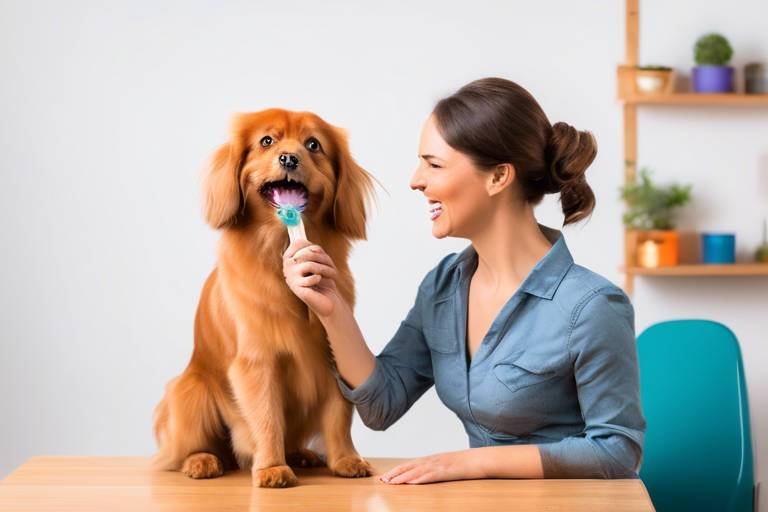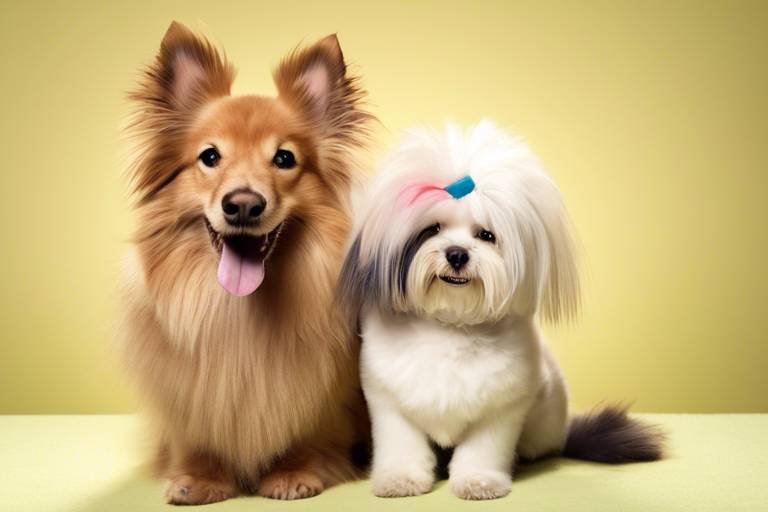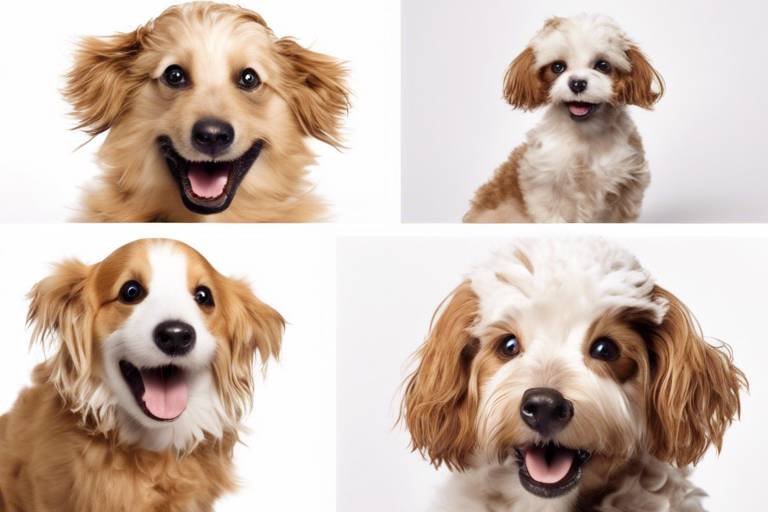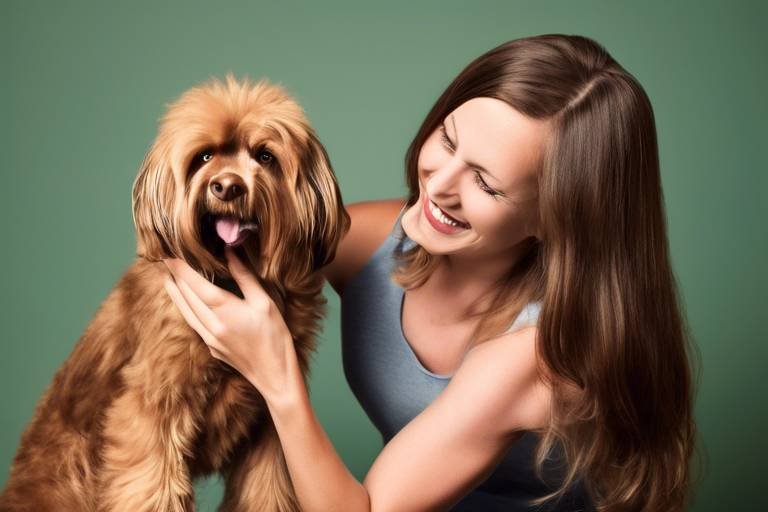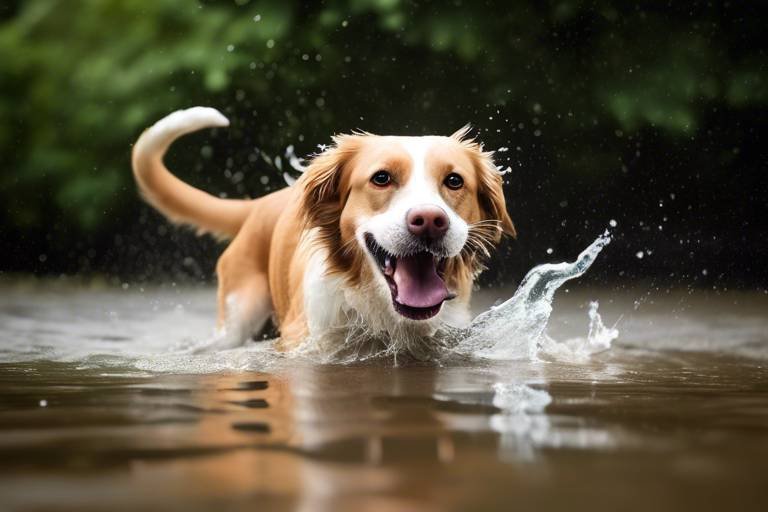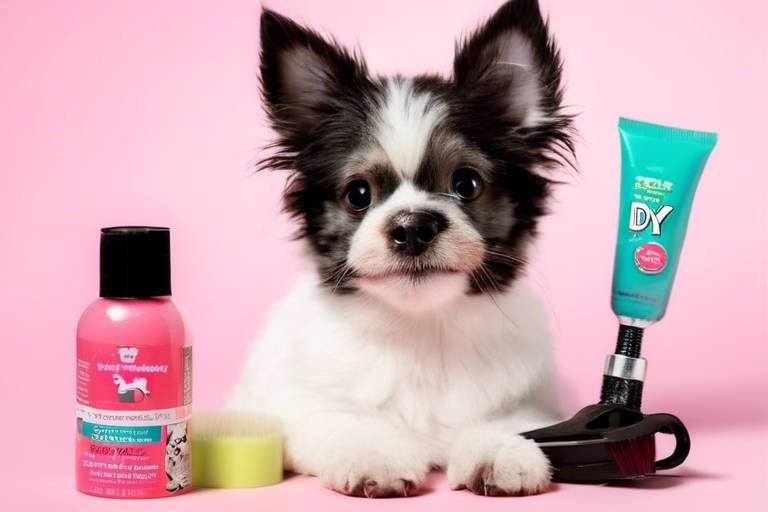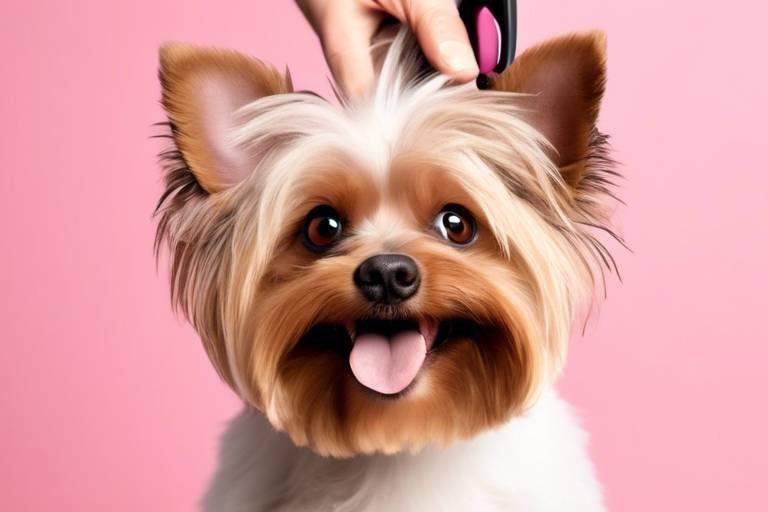The Importance of Grooming for Pet Adoption Success
Grooming plays a crucial role in the overall health and appeal of pets available for adoption. Imagine walking into a shelter and being greeted by a fluffy, well-groomed dog with a shiny coat and bright eyes. Isn't that a sight that instantly warms your heart? Now, picture the opposite—a scruffy, matted pet that looks neglected. Which one would you be more inclined to adopt? The reality is that grooming not only enhances a pet's appearance but also contributes significantly to their health and behavior. In this article, we'll dive into the various aspects of grooming that can elevate the chances of successful pet adoption.
Regular grooming is about more than just aesthetics; it’s a fundamental part of a pet's health regimen. Just like humans feel better after a haircut, pets also thrive with regular grooming. Here are some key benefits:
- Improved Hygiene: Grooming helps remove dirt, debris, and loose fur, keeping your pet clean and comfortable.
- Skin Health: Regular brushing helps to distribute natural oils throughout the coat, promoting healthy skin and fur.
- Early Detection of Health Issues: Grooming sessions allow owners to check for lumps, bumps, or skin irritations that may require veterinary attention.
- Bonding Time: Grooming can strengthen the bond between pet and owner, creating a more trusting and affectionate relationship.
By understanding these benefits, potential adopters can appreciate how grooming plays a vital role in a pet's life, ultimately making them more appealing candidates for adoption.
Different dog and cat breeds come with their own unique grooming needs. For instance, a Poodle requires regular clipping to maintain its curly coat, while a short-haired breed like a Beagle may only need occasional brushing. Adopters should be educated about these specific requirements to ensure they are well-prepared to care for their new furry friends. Here are some examples of grooming needs by breed:
| Breed | Grooming Frequency | Special Needs |
|---|---|---|
| Poodle | Every 4-6 weeks | Regular clipping and brushing |
| Beagle | Every 2-4 weeks | Occasional brushing |
| Persian Cat | Daily | Regular combing to prevent matting |
By highlighting the unique grooming needs of various breeds, we can better prepare potential adopters for the responsibilities that come with pet ownership.
Having the right grooming tools is essential for effective pet care. Imagine trying to tame a wild mane with a flimsy brush—it just won't cut it! Here’s a brief overview of must-have supplies:
- Brushes: Different brushes are designed for different fur types. For example, slicker brushes work well for long-haired breeds, while bristle brushes are great for short-haired pets.
- Combs: A good comb can help detangle fur and smooth out any knots.
- Shampoos and Conditioners: Always choose products that suit your pet's skin type to avoid irritation.
Equipping yourself with the right tools will ensure you can provide the best grooming experience for your pet.
Grooming is essential when preparing pets for adoption events. Just like we dress up for important occasions, pets also need to look their best to attract potential adopters. The first impression is crucial, and a well-groomed pet can make all the difference. Here are some steps to ensure pets shine at adoption events:
Proper bathing and drying techniques are critical for preparing pets for adoption events. Start by using lukewarm water and a gentle shampoo to cleanse the pet's coat. After rinsing, use a towel to remove excess water before employing a pet-safe blow dryer on a low setting. This method not only keeps the coat looking fresh but also reduces the chance of chilling the pet.
Adding final touches, such as nail trimming and ear cleaning, can make a significant difference. A pet with neatly trimmed nails and clean ears is more appealing to potential adopters. These small details can elevate a pet's overall presentation and increase its chances of finding a forever home.
Educating potential adopters about grooming is vital for long-term pet care. It's not just about looking good; it's about maintaining health and happiness. Providing information on how to maintain their pet's grooming regimen post-adoption can make a world of difference. Consider offering resources, such as pamphlets or links to online tutorials, to help new pet owners feel confident in their grooming abilities.
Q: How often should I groom my pet?
A: It depends on the breed. Long-haired pets may require weekly grooming, while short-haired breeds might only need it every few weeks.
Q: What tools do I need for grooming?
A: Basic tools include brushes, combs, pet-safe shampoos, and nail clippers.
Q: Can grooming help with my pet's behavior?
A: Yes! Regular grooming can reduce anxiety and help build a stronger bond between you and your pet.
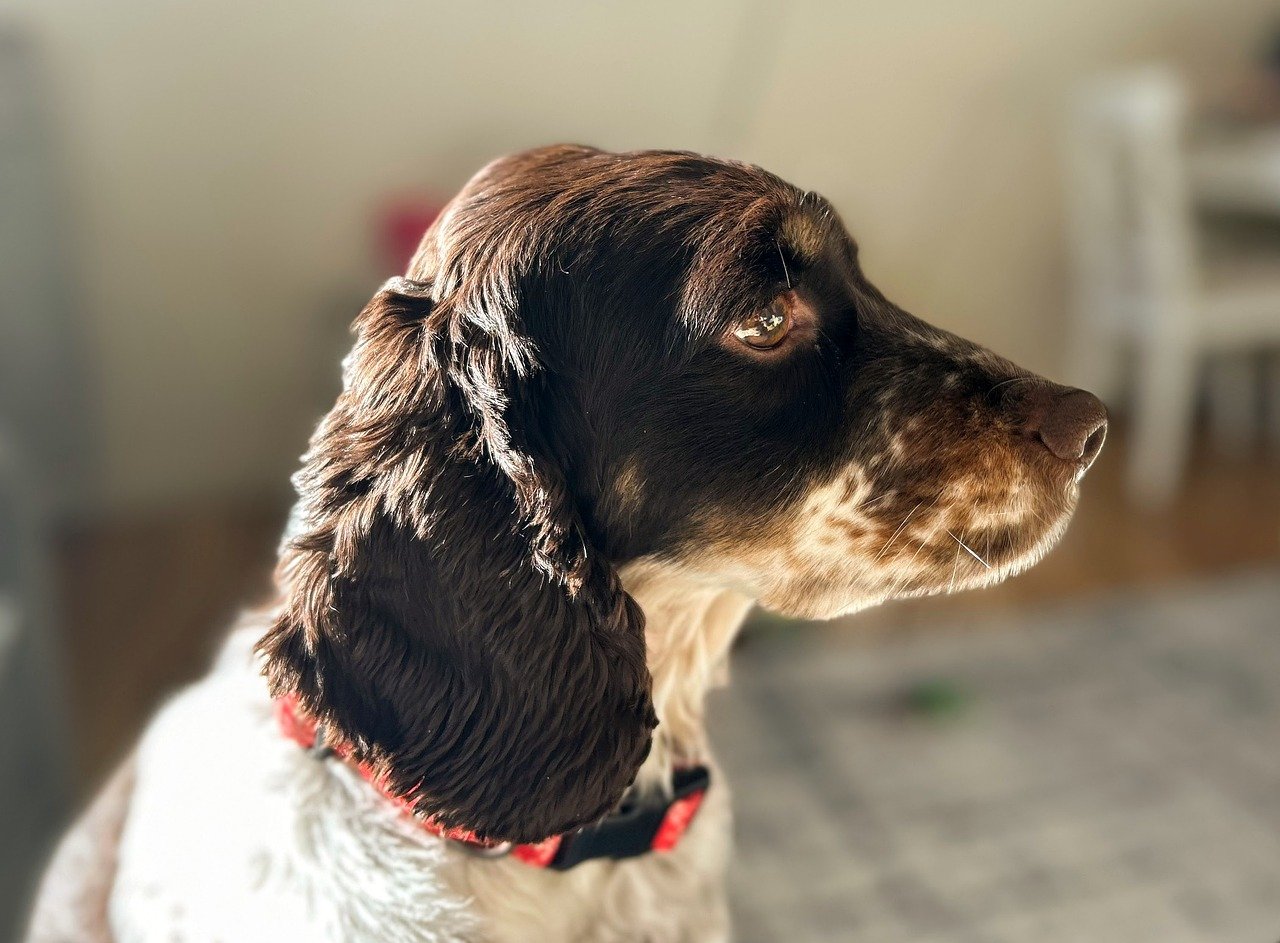
Benefits of Regular Grooming
When it comes to pet care, grooming is often an overlooked aspect, yet it holds immense significance for both pets and their owners. Regular grooming goes far beyond just keeping your furry friend looking fabulous; it plays a vital role in their overall health and well-being. Imagine this: a pet that is regularly groomed not only looks appealing but also feels good, which can lead to a happier and more sociable companion.
One of the most immediate benefits of grooming is that it helps maintain a clean coat. Regular brushing removes dirt, loose hair, and dander, which can significantly reduce allergens in your home. This is especially beneficial for families with allergies. Additionally, a clean coat allows for better air circulation to the skin, which can prevent skin irritations and infections. Think of grooming as a spa day for your pet; it’s not just about aesthetics but also about health!
Moreover, grooming can help you detect health issues early on. While brushing your pet, you might notice unusual lumps, bumps, or skin irritations that could indicate a health problem. Early detection can lead to better treatment outcomes and can even save your pet's life. It’s like having a built-in health check-up every time you groom; you’re not just bonding—you’re being proactive about their health.
Another significant benefit is that grooming can enhance the bond between you and your pet. The act of grooming is a time for you to spend together, which can help build trust and affection. Pets often find grooming sessions relaxing, and it can serve as a great opportunity for you to show them love and attention. It's a win-win situation!
Furthermore, regular grooming helps in reducing shedding. Pets that are groomed frequently shed less hair around the house, which means fewer messes for you to clean up. This is particularly important for families with young children or those who want to keep their living space tidy. Who wouldn’t want to spend less time vacuuming and more time cuddling with their furry friend?
Finally, let’s not forget about the psychological benefits. Just like humans benefit from self-care routines, pets can experience reduced anxiety and stress through regular grooming. It can be a calming ritual that helps them feel secure and loved. So, when you invest time in grooming, you're not just improving their appearance; you're enhancing their emotional well-being.
In conclusion, the benefits of regular grooming are numerous and multi-faceted. From improving physical health to strengthening your bond, grooming is an essential part of responsible pet ownership. So, the next time you think about skipping that grooming session, remember all the positive impacts it has—not just for your pet’s coat but for their overall happiness and health.
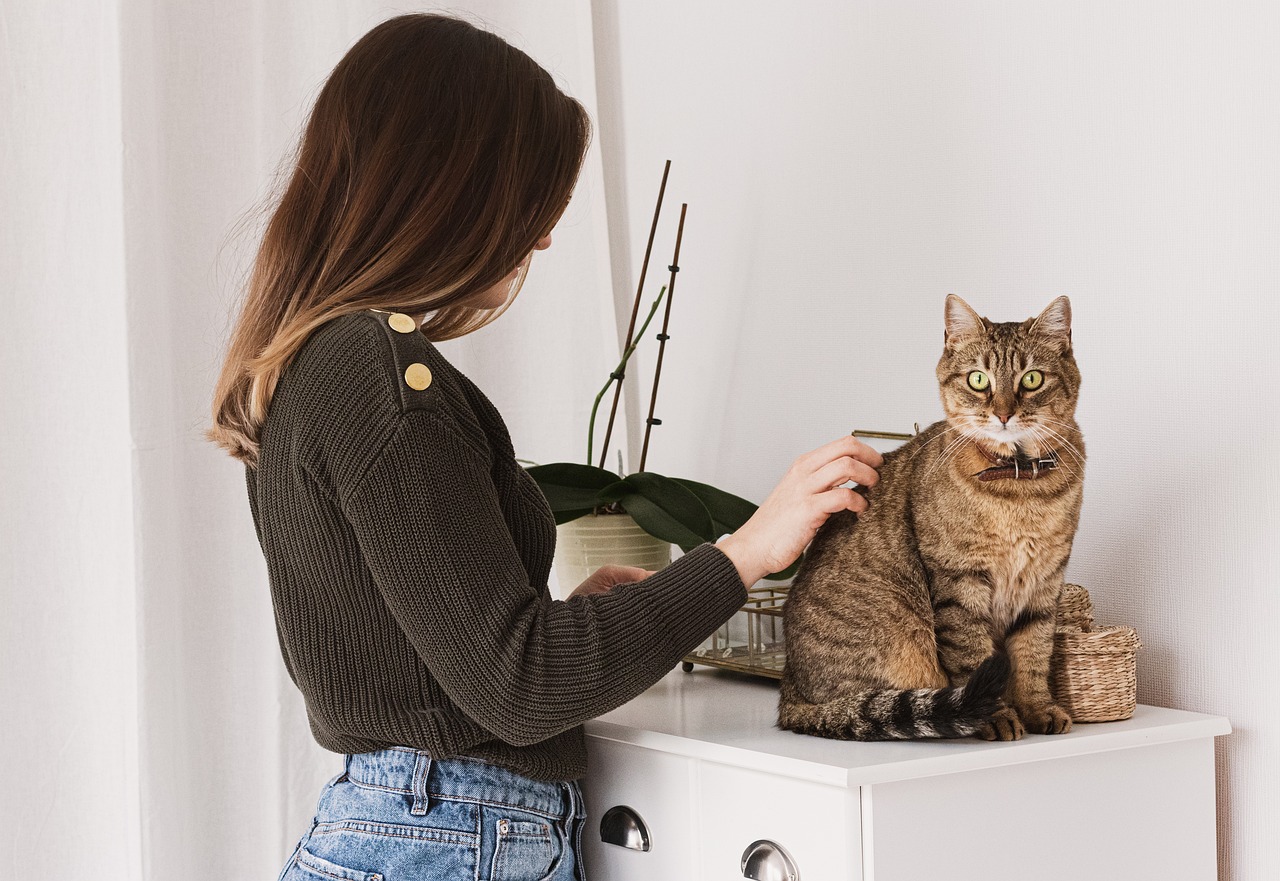
Grooming Techniques for Different Breeds
When it comes to grooming, one size certainly does not fit all. Just like we all have our unique hair types and skin conditions, pets do too! Different breeds have specific grooming needs that, if met, can significantly enhance their health and appearance. Understanding these techniques is vital for anyone considering adopting a furry friend. Imagine trying to style your hair without the right tools or products; it just wouldn't work, right? The same goes for our pets!
For instance, long-haired breeds such as the Afghan Hound or the Persian cat require regular brushing to prevent tangles and matting. These breeds can benefit from a slicker brush or a wide-toothed comb, which helps to gently detangle their luscious locks without causing discomfort. A good rule of thumb is to groom them at least two to three times a week, or even daily during shedding seasons. Think of it as giving them a spa day—who doesn’t love that?
On the other hand, short-haired breeds, like Beagles or Boxers, have different requirements. While they may not need as frequent brushing, they still benefit from regular grooming sessions. A simple rubber grooming glove or a bristle brush can do wonders to remove loose hair and distribute natural oils, keeping their coat shiny and healthy. It's like giving them a little massage that they’ll absolutely adore!
Now, let's not forget about hypoallergenic breeds such as the Poodle or Bichon Frise. These breeds often require specialized grooming techniques due to their unique coat structures. Regular trips to a professional groomer are highly recommended to maintain their curly coats and prevent matting. Home grooming should include the use of specific combs designed for their fur type, and a quality shampoo that caters to sensitive skin. It’s akin to choosing the right skincare products for your own sensitive skin—vital for avoiding irritation!
Here’s a quick reference table to summarize the grooming needs for various breeds:
| Breed Type | Grooming Frequency | Recommended Tools |
|---|---|---|
| Long-Haired | 2-3 times a week | Slicker brush, wide-toothed comb |
| Short-Haired | Weekly | Rubber grooming glove, bristle brush |
| Hypoallergenic | Every 4-6 weeks | Specialized combs, sensitive skin shampoo |
As you can see, grooming is not just about keeping your pet looking fabulous; it’s about ensuring their overall well-being. Each breed has its unique quirks, and understanding these can make a world of difference, especially for potential adopters. So, when you’re thinking about bringing a new pet into your home, consider their grooming needs as part of the package. After all, who wouldn’t want to give their future furry friend the best chance at a happy, healthy life?
In conclusion, grooming techniques for different breeds are essential for maintaining their health and enhancing their adoptability. By investing time in learning about these techniques, you not only prepare your pet for a loving home but also ensure a smoother transition into their new life. Remember, a well-groomed pet is not just a pretty face; they are a happy, healthy companion ready to bring joy to your life!
Basic Grooming Supplies
When it comes to grooming your pet, having the right supplies is absolutely essential. Just like a chef needs the right tools to whip up a delicious meal, pet owners need specific grooming supplies to keep their furry friends looking and feeling their best. So, what are these must-have tools that can make grooming a breeze? Let’s dive into the essentials that every pet owner should have in their grooming arsenal.
First and foremost, brushes and combs are fundamental. The type of brush you use can make a world of difference depending on your pet's coat type. For example, a slicker brush is perfect for removing mats and tangles in long-haired breeds, while a bristle brush works wonders for short-haired pets, helping to distribute natural oils and keep their coat shiny. Combs are equally important, especially for pets with fine fur or those prone to tangling. They help in detangling and can also be used to check for fleas or other skin issues.
Next up are shampoos and conditioners. Not all shampoos are created equal; choosing the right one for your pet’s skin type is crucial. For instance, if your pet has sensitive skin, opt for a hypoallergenic shampoo that won't irritate their skin. On the other hand, if your pet has a specific skin condition, there are medicated shampoos available that can help alleviate issues like itching or flaking. Conditioners can also be beneficial, especially for long-haired pets, as they help to detangle and soften the fur, making grooming easier.
In addition to brushes and shampoos, nail clippers are another essential grooming supply. Keeping your pet's nails trimmed is vital for their comfort and health. Overgrown nails can lead to painful walking and even joint issues. There are various types of nail clippers available, from guillotine-style to electric grinders, so choose one that you feel comfortable using. And don’t forget about ear cleaning supplies. Regularly checking and cleaning your pet's ears can prevent infections and other health problems. Ear cleaning solutions and cotton balls are all you need to keep those ears in tip-top shape.
Lastly, having a grooming table or a designated space for grooming can make the process easier and more enjoyable for both you and your pet. A stable surface allows you to groom your pet safely and comfortably, reducing anxiety and making the experience more pleasant. You can also consider using grooming aprons or gloves to keep yourself clean during the process, especially if your pet tends to shed a lot!
In summary, investing in the right grooming supplies not only enhances your pet's appearance but also contributes to their overall health and well-being. By having the right tools at your disposal, you'll be well-equipped to tackle any grooming challenge that comes your way, ensuring your pet remains a shining star ready for adoption!
- How often should I groom my pet? - The frequency of grooming depends on the breed and coat type. Long-haired breeds may need grooming several times a week, while short-haired pets might require grooming less frequently.
- What if my pet doesn't like being groomed? - It's important to introduce grooming gradually and positively. Start with short sessions and use treats to create a positive association.
- Can I use human shampoo on my pet? - No, human shampoos can be too harsh for pets. Always choose shampoos specifically formulated for animals.
Brushes and Combs
When it comes to grooming our furry friends, choosing the right brushes and combs is essential for maintaining their coat's health and appearance. Different pets have different fur types, and using the appropriate tools can make a world of difference. Imagine trying to untangle a ball of yarn with a fork—frustrating, right? That's why we need the right grooming tools to ensure our pets look their best and feel comfortable.
For instance, dogs with long, flowing coats like Afghan Hounds or Golden Retrievers require a slicker brush to remove tangles and mats effectively. On the other hand, short-haired breeds such as Beagles or Boxers benefit from a bristle brush, which helps distribute natural oils and keeps their coat shiny. It's like having the right tool for the job; it makes the process smoother and more enjoyable for both you and your pet.
Additionally, combs play a vital role in grooming. A wide-toothed comb is perfect for detangling, while a fine-toothed comb is great for removing fleas and debris. For those pets with curly or wiry coats, a greyhound comb is particularly effective. This specialized comb is designed to glide through the fur without pulling or causing discomfort. Just like we wouldn’t use a hammer to drive in a screw, using the right comb can prevent unnecessary stress during grooming sessions.
Here’s a quick overview of some common brushes and their uses:
| Type of Brush/Comb | Best For |
|---|---|
| Slicker Brush | Long-haired breeds, detangling |
| Bristle Brush | Short-haired breeds, distributing oils |
| Wide-toothed Comb | Detangling, especially for thick fur |
| Fine-toothed Comb | Removing fleas and debris |
| Greyhound Comb | Curlier or wiry coats, gentle detangling |
In conclusion, investing in the right brushes and combs is not just a matter of aesthetics; it’s about ensuring your pet's comfort and health. Regular grooming with suitable tools can prevent skin irritations, matting, and even behavioral issues stemming from discomfort. So, the next time you pick up a grooming tool, remember: it’s not just about keeping your pet looking good; it’s about keeping them feeling good, too!
- How often should I groom my pet? It depends on the breed and coat type. Long-haired pets may need grooming several times a week, while short-haired pets can be groomed less frequently.
- Can I use human brushes on my pet? It's not recommended, as human brushes may not be suitable for pet fur and can cause discomfort.
- What should I do if my pet hates being groomed? Gradually introduce grooming sessions and use treats to create positive associations. Patience is key!
Shampoos and Conditioners
When it comes to grooming our furry friends, the choice of can make a world of difference. Just like humans, pets have unique skin types and coat conditions that require specific products to keep them healthy and looking their best. Using the right grooming products not only enhances the pet's appearance but also contributes to their overall skin health. For instance, if your pet has dry or sensitive skin, opting for a gentle, hypoallergenic shampoo can prevent irritation and discomfort. On the other hand, pets with oily coats may benefit from a clarifying shampoo that helps remove excess oil and dirt.
It's essential to read the labels on grooming products carefully. Many shampoos contain ingredients that can be harmful to pets, such as sulfates, parabens, and artificial fragrances. Instead, look for products that feature natural ingredients like oatmeal, aloe vera, and coconut oil, which are known for their soothing properties. These natural elements can help moisturize the skin and provide relief from itching and irritation.
Conditioners are equally important in the grooming process. They help to detangle the fur and make it easier to brush, reducing the risk of mats and tangles. A good conditioner can also add a layer of moisture, leaving your pet's coat soft and shiny. For pets with long or thick fur, using a leave-in conditioner can be particularly beneficial, as it provides ongoing hydration and protection throughout the day.
To give you a clearer understanding of the different types of shampoos and conditioners suitable for various pet needs, here’s a simple table:
| Coat Type | Recommended Shampoo | Recommended Conditioner |
|---|---|---|
| Dry/Sensitive Skin | Hypoallergenic Shampoo | Oatmeal Conditioner |
| Oily Coat | Clarifying Shampoo | Moisturizing Conditioner |
| Normal Coat | All-Purpose Shampoo | Leave-in Conditioner |
| Long/Thick Fur | Detangling Shampoo | Deep Conditioning Treatment |
Ultimately, the grooming routine you establish for your pet should be tailored to their individual needs and preferences. Regular bathing with the right products will not only keep them looking fabulous but will also prevent skin issues and allergies in the long run. Remember, a clean pet is a happy pet!
Grooming for Behavioral Improvement
Grooming is not just about keeping your pet looking fabulous; it plays an essential role in their overall behavioral well-being. Imagine this: you’re feeling a bit scruffy and unkempt, and suddenly, you get a fresh haircut. How much better do you feel? The same principle applies to our furry friends. Regular grooming can significantly reduce anxiety, promote relaxation, and enhance the bond between pets and their owners.
When pets are groomed consistently, they become accustomed to being handled, which can help them feel more secure and less anxious. For instance, brushing a dog can be a soothing experience, akin to a gentle massage. This not only helps to keep their coat healthy but also allows them to enjoy the attention and affection from their owners. Over time, this routine can lead to a more calm and well-adjusted pet.
Moreover, grooming sessions can serve as a fantastic opportunity for training. During these moments, owners can teach their pets to stay calm and relaxed while being brushed, bathed, or having their nails clipped. This can be especially beneficial for pets that may be nervous or skittish around new experiences. By associating grooming with positive experiences, pets learn to look forward to these sessions rather than dread them.
Furthermore, grooming can help identify any potential health issues early on. Regularly checking your pet’s skin, ears, and teeth during grooming can alert you to problems that might otherwise go unnoticed. For example, if a pet is frequently biting or scratching at a particular area, it may indicate an underlying issue that needs to be addressed. This proactive approach not only improves their physical health but also contributes to a more stable and happy demeanor.
In essence, the benefits of grooming extend beyond just aesthetics. It’s a vital part of pet care that fosters a sense of security and comfort. By creating a positive grooming routine, you’re not just enhancing your pet’s appearance; you’re also nurturing their emotional health. So, the next time you pick up that brush or clip those nails, remember: you’re not just grooming; you’re building a stronger bond and a happier pet.
- How often should I groom my pet? It depends on the breed and coat type. Long-haired breeds may need grooming several times a week, while short-haired breeds might require less frequent grooming.
- Can grooming help with behavioral issues? Absolutely! Regular grooming can reduce anxiety and help your pet become more accustomed to being handled, which can improve their overall behavior.
- What tools do I need for grooming? Basic grooming supplies include brushes, combs, shampoos, and nail clippers. The specific tools you need can vary based on your pet's breed and coat type.
- Is it necessary to take my pet to a professional groomer? While many pet owners can handle basic grooming at home, professional groomers can provide specialized services and help with more complex grooming needs.
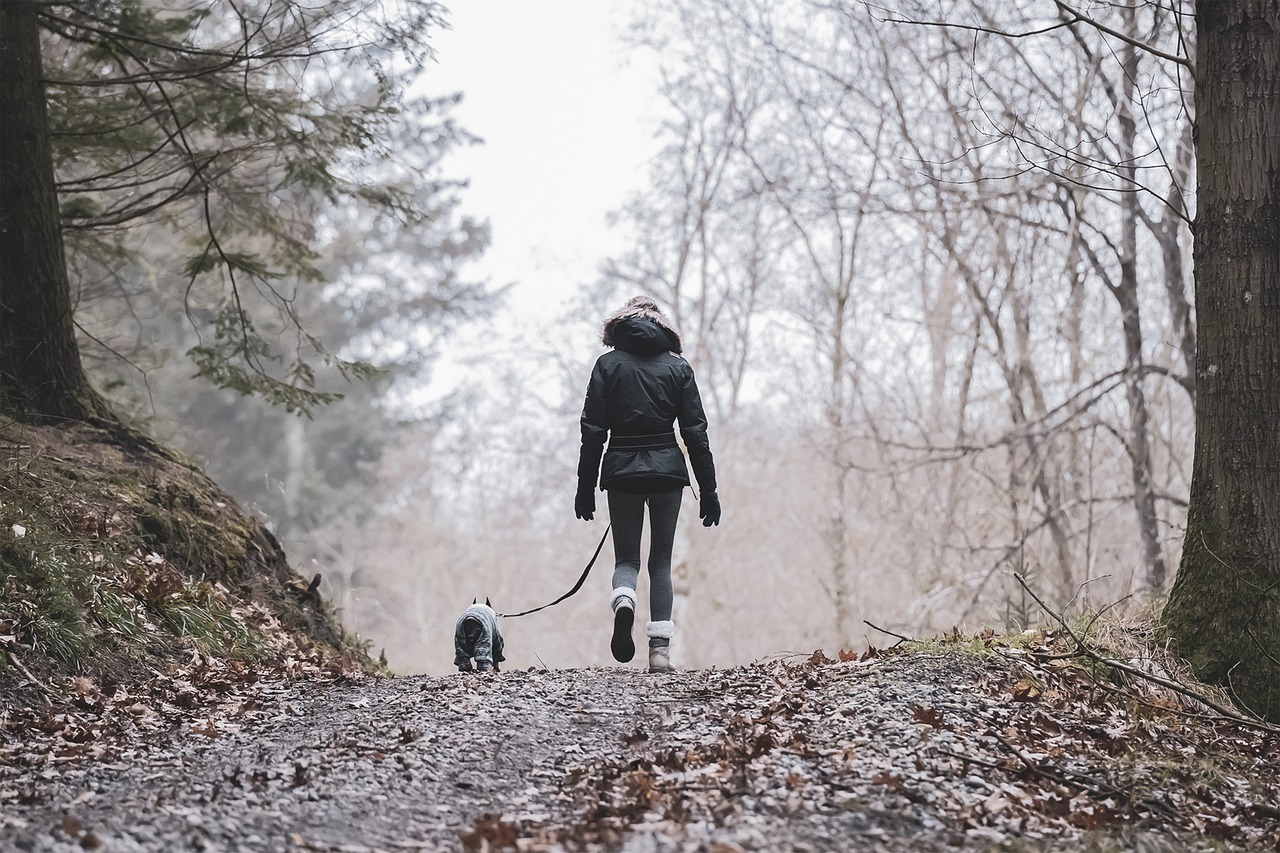
Preparing Pets for Adoption Events
When it comes to adoption events, first impressions matter immensely. Imagine walking into a bustling event filled with adorable pets, and there’s your furry friend, looking all fluffy and well-groomed. It’s not just about aesthetics; proper grooming can significantly enhance a pet’s chances of finding a loving home. So, how do we ensure our pets are ready to steal the show? Let’s dive into the essential steps for preparing pets for these crucial events.
First off, cleanliness is key. A clean pet is not only more attractive but also healthier. Start with a thorough bath. Use a gentle, pet-friendly shampoo that suits your pet’s specific skin type. For instance, if your pet has sensitive skin, opt for hypoallergenic products. After bathing, ensure you dry your pet properly. This is especially important for long-haired breeds, as damp fur can lead to matting and discomfort. Use a towel to absorb excess water, and if your pet tolerates it, a blow dryer on a low setting can help finish the job. Remember, the goal is to leave them looking and feeling their best!
Next, we can't overlook the importance of grooming techniques tailored to your pet's breed. For example, some breeds require regular brushing to prevent tangles, while others may need specific trimming techniques to keep their coat healthy. It’s essential to familiarize yourself with your pet’s grooming needs ahead of time. This not only showcases your commitment to their care but also highlights their unique beauty to potential adopters.
Now, let’s talk about those final touches that can make a world of difference. This includes nail trimming and ear cleaning. A pet with well-trimmed nails is not only safer for themselves but also more appealing to potential adopters. Similarly, clean ears can prevent infections and show that the pet has been well cared for. These small details can set your pet apart in a crowded room of adorable animals.
Another critical aspect is to ensure that your pet is comfortable and calm during the event. This is where grooming can play a pivotal role. Regular grooming sessions can help reduce anxiety and build trust between you and your pet. When your furry friend feels relaxed and secure, they are more likely to exhibit friendly behavior, which is crucial when meeting potential adopters. Remember, a happy pet is a pet that attracts attention!
In preparation for the event, it’s also beneficial to create a grooming checklist. This can serve as a quick reference to ensure you don’t miss any important steps. Here’s a simple example:
| Grooming Task | Frequency | Notes |
|---|---|---|
| Bathing | As needed | Use breed-specific shampoo |
| Brushing | Daily or weekly | Depends on fur length |
| Nail Trimming | Every 2-4 weeks | Be cautious of the quick |
| Ear Cleaning | Weekly | Use vet-recommended solution |
By following these steps, you can ensure that your pet is not only looking their best but also feeling great, which is vital for a successful adoption event. Remember, the goal is to make your pet irresistible to potential adopters, and a little grooming goes a long way in achieving that!
Q: How often should I groom my pet before an adoption event?
A: It depends on the breed, but generally, a good grooming session a few days before the event is ideal. Regular grooming should be a part of your pet's routine.
Q: What if my pet doesn’t like being groomed?
A: Start slow! Introduce grooming gradually and use treats to create a positive association. Patience is key!
Q: Are professional grooming services necessary?
A: While not necessary, professional groomers can be beneficial, especially for breeds that require specialized care. However, regular at-home grooming is essential.
Q: How can I calm my pet before the event?
A: Engage in playtime, offer a favorite toy, or use calming sprays designed for pets. A relaxed pet is more likely to attract potential adopters!
Bathing and Drying Techniques
When it comes to preparing pets for adoption events, bathing and drying are two of the most crucial grooming techniques you can employ. Not only do these steps enhance a pet's appearance, but they also contribute to their overall health and comfort. Think of bathing as a refreshing spa day for your furry friend; it cleanses their skin and fur while providing a moment of relaxation. So, how do you ensure that your pet enjoys this experience rather than dreads it?
First things first, always choose a pet-friendly shampoo. Human shampoos can be too harsh for a pet's sensitive skin, leading to irritation and discomfort. Look for products that are specifically formulated for pets, preferably free of harsh chemicals. If your pet has specific skin conditions, consider consulting your veterinarian for recommendations on the best shampoo to use.
Next, prepare your bathing area. A non-slip surface is essential to prevent any accidental slips, which can be frightening for your pet. If you're bathing a larger dog, a bathtub or a shower with a handheld sprayer can be very effective. For smaller pets, a sink or a basin can work just as well. Make sure the water temperature is lukewarm, as water that is too hot or cold can be uncomfortable. Always test the water on your wrist before bringing your pet in!
Now, let’s talk about the actual bathing process. Start by wetting your pet's coat thoroughly, avoiding their eyes and ears. Apply the shampoo and gently massage it into their fur, making sure to reach the skin beneath. This is a great time to check for any unusual lumps or skin irritations, so keep an eye out! Rinse thoroughly until all the shampoo is removed, as any residue can cause irritation. If you’re bathing a cat, keep in mind that many cats are not fond of water, so be prepared for a bit of a struggle.
Once your pet is clean, it’s time for drying. Use a soft towel to gently pat your pet dry, absorbing as much moisture as possible. For dogs with thicker fur, you might want to consider using a pet dryer or a human hair dryer on a low setting. Always keep the dryer at a safe distance from their skin to avoid burns. Cats, on the other hand, usually prefer to air dry, so a cozy spot with good airflow can be perfect for them.
Finally, don’t forget to check their ears and paws during this process. Cleaning their ears with a vet-recommended cleaner and trimming their nails can really add to their overall presentation, making them even more appealing to potential adopters. Remember, a clean and well-groomed pet is far more likely to catch the eye of someone looking to adopt!
- How often should I bathe my pet? It generally depends on the breed and lifestyle of your pet. Dogs that spend a lot of time outdoors may need more frequent baths than indoor cats.
- Can I use human shampoo on my pet? No, human shampoos can irritate a pet's skin. Always use products specifically designed for pets.
- What if my pet hates water? If your pet dislikes water, try using a damp cloth to wipe them down or consider dry shampoos designed for pets.
Final Touches Before Adoption
When it comes to preparing pets for adoption, final touches can make all the difference. You might think that a good bath and a fresh haircut are enough, but there are several other essential grooming steps that can elevate a pet's appearance and help them stand out in the eyes of potential adopters. Just like a final coat of paint can transform a room, these finishing touches can enhance a pet's appeal and make them irresistible!
First and foremost, nail trimming is vital. Long nails not only look unkempt but can also lead to discomfort for the pet. It's like trying to walk in shoes that are two sizes too small! Regular nail trimming ensures that pets can walk comfortably and prevents potential injuries. If you're unsure how to trim a pet's nails, consider consulting a professional groomer or a veterinarian for guidance.
Next up is ear cleaning. Many pet owners overlook this step, but clean ears are essential for a pet's overall health. Dirty ears can harbor bacteria and lead to infections, which is the last thing you want for a pet that's about to find a new home. Use a gentle ear cleaner recommended by your vet, and make sure to wipe away any excess wax or debris. This not only helps the pet feel more comfortable but also shows potential adopters that the pet has been well cared for.
Another crucial aspect is brushing the coat one last time. This final grooming session can help remove any loose fur and give the pet's coat a shiny, healthy appearance. Think of it as putting on a nice outfit before stepping out for an important event. A well-groomed coat not only looks good but also reflects the care and attention that has been given to the pet.
Lastly, consider adding a fragrance that is safe for pets. A light spritz of pet-safe spray can leave your furry friend smelling fresh, making them even more appealing to potential adopters. Just remember to avoid any strong scents that might overwhelm their sensitive noses!
In conclusion, these final touches—nail trimming, ear cleaning, brushing, and a gentle fragrance—can significantly enhance a pet's appearance and comfort level. They not only show that the pet has been cared for but also help create a lasting first impression during adoption events. After all, a little extra effort can lead to a big reward: finding that perfect forever home!
- Why is grooming important before adoption? Grooming helps pets look their best, which can attract potential adopters and increase their chances of finding a home.
- How often should I groom my pet? It varies by breed, but regular grooming—at least once a month—is generally recommended.
- What are the essential grooming supplies I need? Basic supplies include brushes, combs, clippers, nail trimmers, and pet-safe shampoos.
- Can grooming improve my pet's behavior? Yes! Regular grooming can reduce anxiety and strengthen the bond between you and your pet.
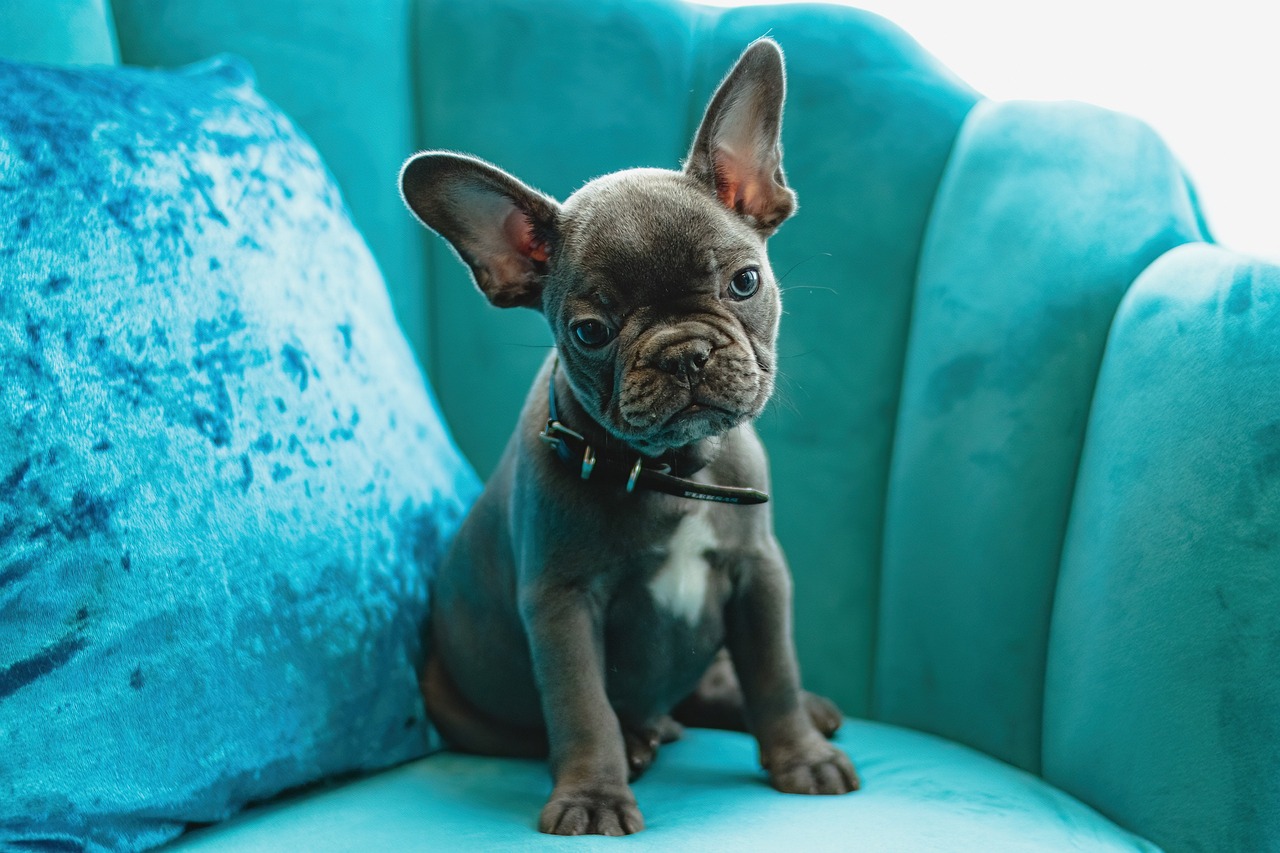
Educating Adopters on Grooming
When it comes to welcoming a new furry friend into the family, one of the most crucial aspects that often gets overlooked is grooming. It's not just about keeping your pet looking fabulous; it's about their overall health and well-being. Educating potential adopters on the importance of grooming can significantly enhance the bond between them and their new pet. So, how can we effectively convey this vital information?
First and foremost, it's essential to highlight the long-term benefits of a consistent grooming routine. Adopters should understand that regular grooming helps prevent skin issues, reduces shedding, and can even minimize allergies in humans. By maintaining a clean and well-groomed pet, adopters are also less likely to face behavioral problems that stem from discomfort or anxiety related to poor hygiene.
Moreover, grooming is an excellent opportunity for bonding. When adopters brush their pets or give them a bath, they are not just performing a chore; they are engaging in a shared experience that builds trust and affection. It's like a spa day for their furry companions! To make this point clear, it might be beneficial to provide a simple grooming schedule that outlines how often different grooming tasks should be performed. For example:
| Grooming Task | Frequency |
|---|---|
| Brushing | 2-3 times a week |
| Bathing | Once a month (or as needed) |
| Nail Trimming | Every 3-4 weeks |
| Ear Cleaning | Every 1-2 weeks |
In addition to creating awareness about the grooming schedule, it's also vital to educate adopters on the specific needs of their pet's breed. Different breeds have unique grooming requirements, and knowing these can make a world of difference. For instance, long-haired breeds may require daily brushing to prevent mats, while short-haired breeds might need less frequent grooming. Providing adopters with resources, such as breed-specific grooming guides, can empower them to take the best care of their pets.
Finally, it's crucial to discuss the tools and products that are best suited for grooming. Adopters should be informed about the different types of brushes, shampoos, and conditioners available, as well as how to choose the right ones for their pet's coat type and skin condition. A simple list of recommended grooming supplies can go a long way in helping them feel prepared and confident in their new role as pet owners.
In conclusion, educating adopters on grooming is not just about teaching them how to keep their pets clean; it's about setting them up for a successful and fulfilling relationship with their new furry family members. By providing them with the right information, tools, and resources, we can ensure that every pet adoption leads to a happy and healthy life for both the pet and the adopter.
- How often should I groom my pet? - It depends on the breed and coat type. Generally, brushing 2-3 times a week is a good start.
- What tools do I need for grooming? - Basic tools include brushes, combs, nail clippers, and pet-safe shampoos.
- Can grooming help with my pet's behavior? - Yes! Regular grooming can reduce anxiety and strengthen the bond between you and your pet.
- Should I take my pet to a professional groomer? - It can be beneficial, especially for breeds with specialized grooming needs.
Frequently Asked Questions
- Why is grooming important for pets available for adoption?
Grooming is essential as it not only keeps pets clean but also enhances their overall health and appeal. A well-groomed pet is more likely to attract potential adopters, showcasing their personality and vitality.
- What are the benefits of regular grooming?
Regular grooming helps maintain a pet's hygiene, promotes better skin health, and reduces the risk of infections. Additionally, it can improve a pet's behavior, making them more pleasant companions.
- Do different breeds require different grooming techniques?
Absolutely! Each breed has unique grooming needs based on their coat type and length. Understanding these specific requirements ensures that pets remain healthy and attractive to adopters.
- What basic grooming supplies should I have?
Essential grooming supplies include brushes, combs, shampoos, conditioners, nail clippers, and ear cleaning solutions. Having the right tools makes grooming more effective and enjoyable for both you and your pet.
- How can grooming improve a pet's behavior?
Grooming can reduce anxiety and stress in pets, leading to better behavior. The bonding experience during grooming sessions can also help pets feel more secure and comfortable with their owners.
- What steps should I take to prepare pets for adoption events?
To prepare pets for adoption events, ensure they are bathed, dried, and groomed properly. Final touches like nail trimming and ear cleaning can make a significant difference in their appearance and appeal.
- How can I educate adopters about grooming?
Providing adopters with information on grooming techniques and the importance of regular grooming can ensure they maintain their new pet's health and cleanliness. Offering resources or workshops can also be beneficial.


